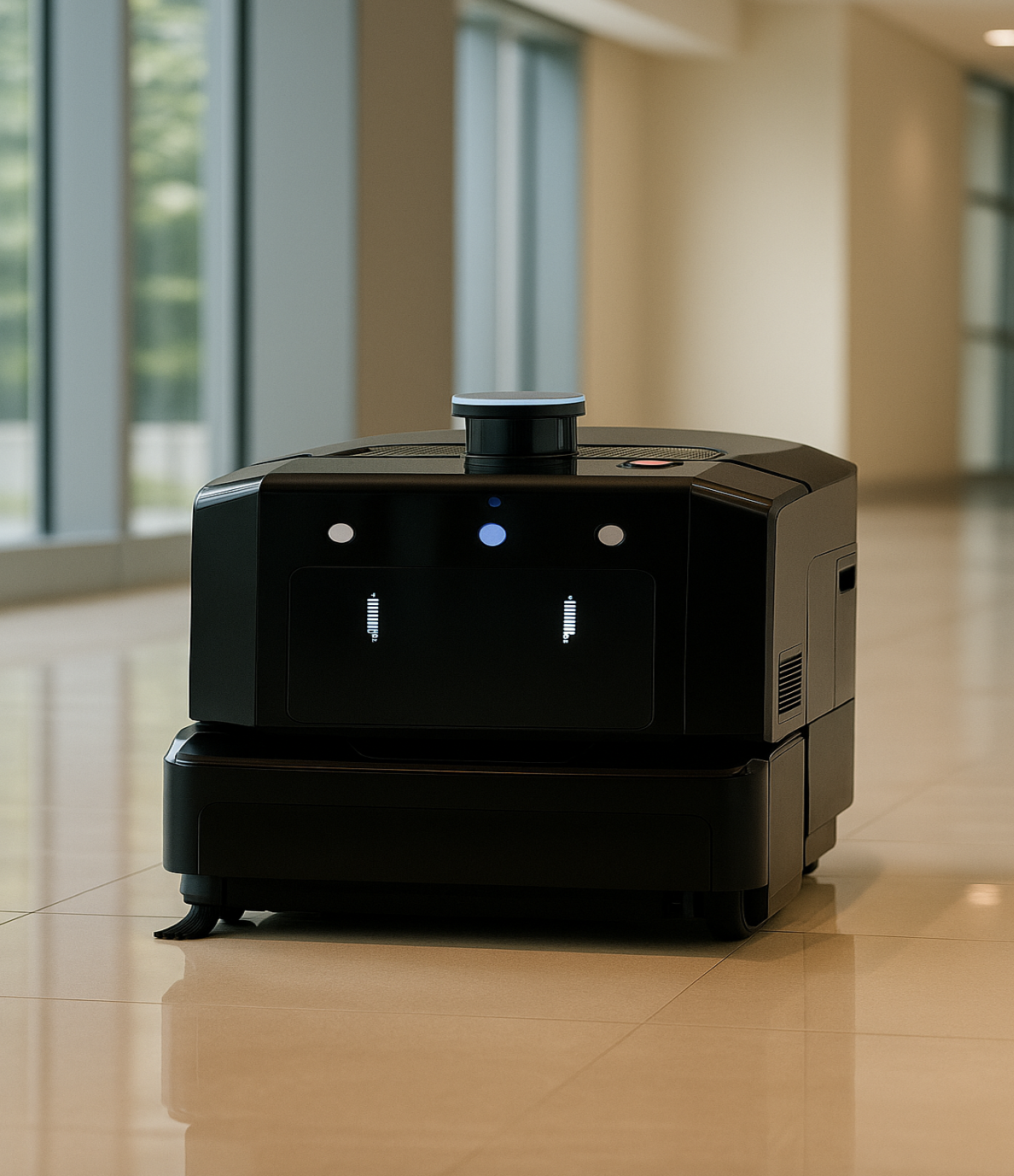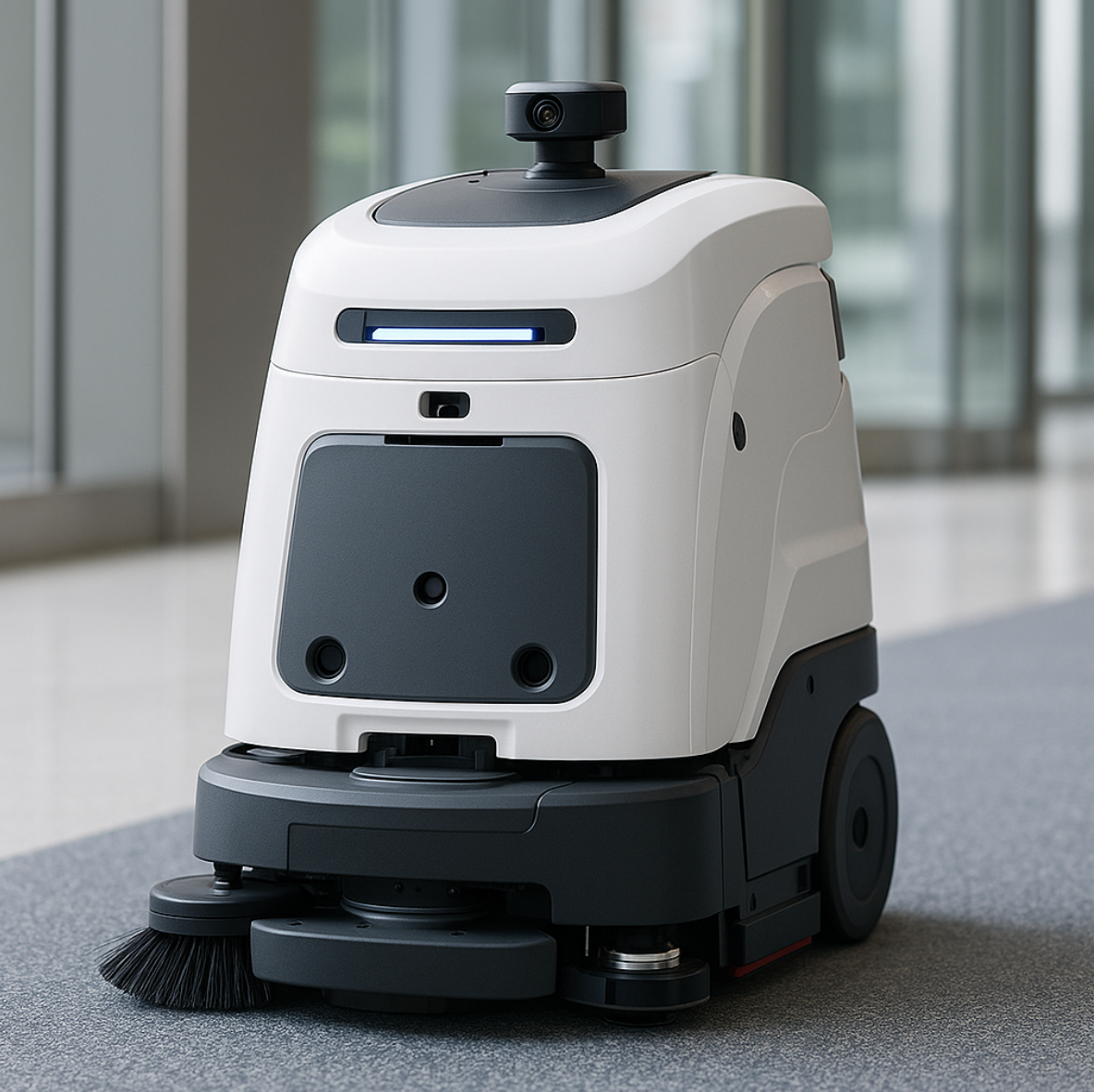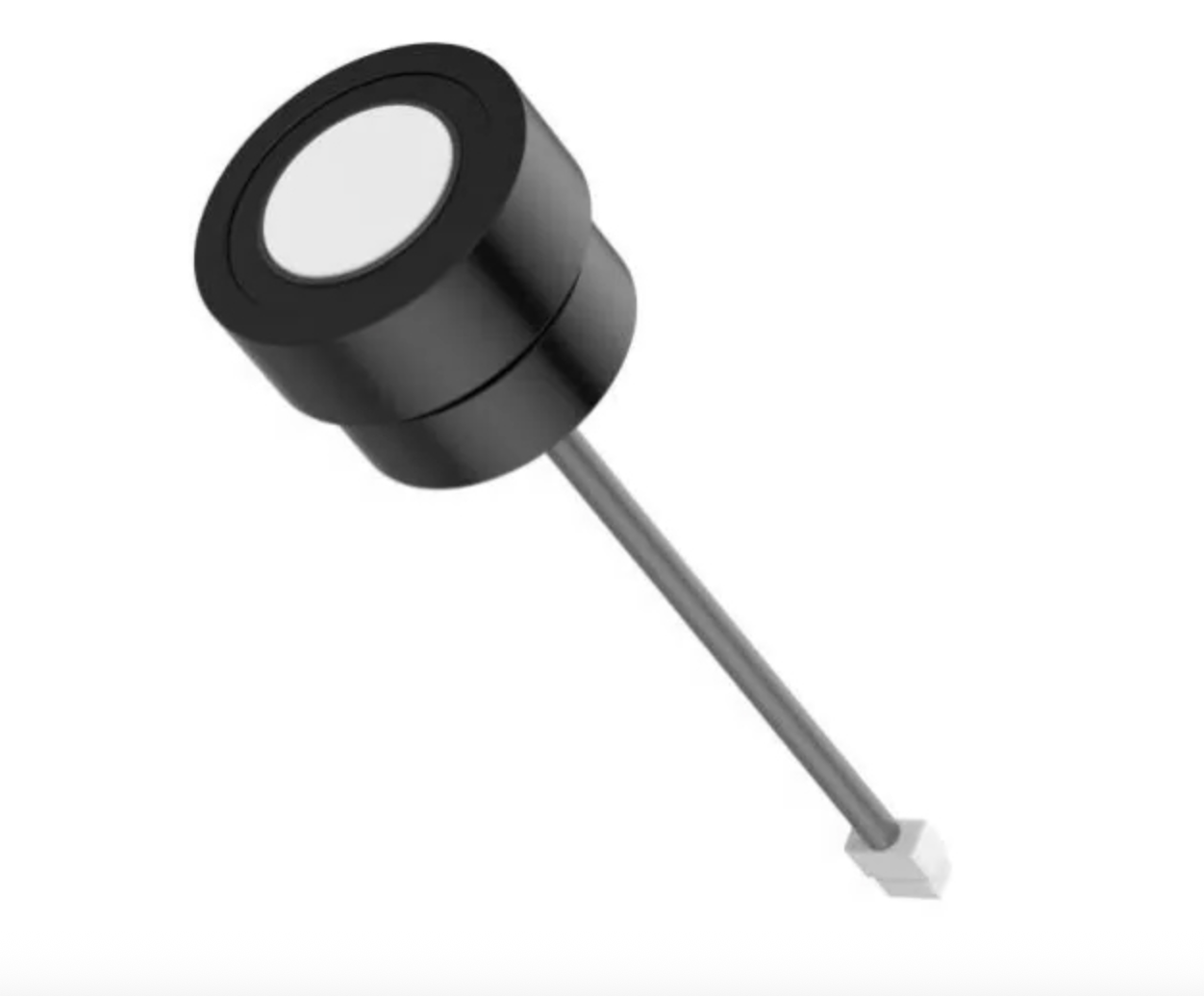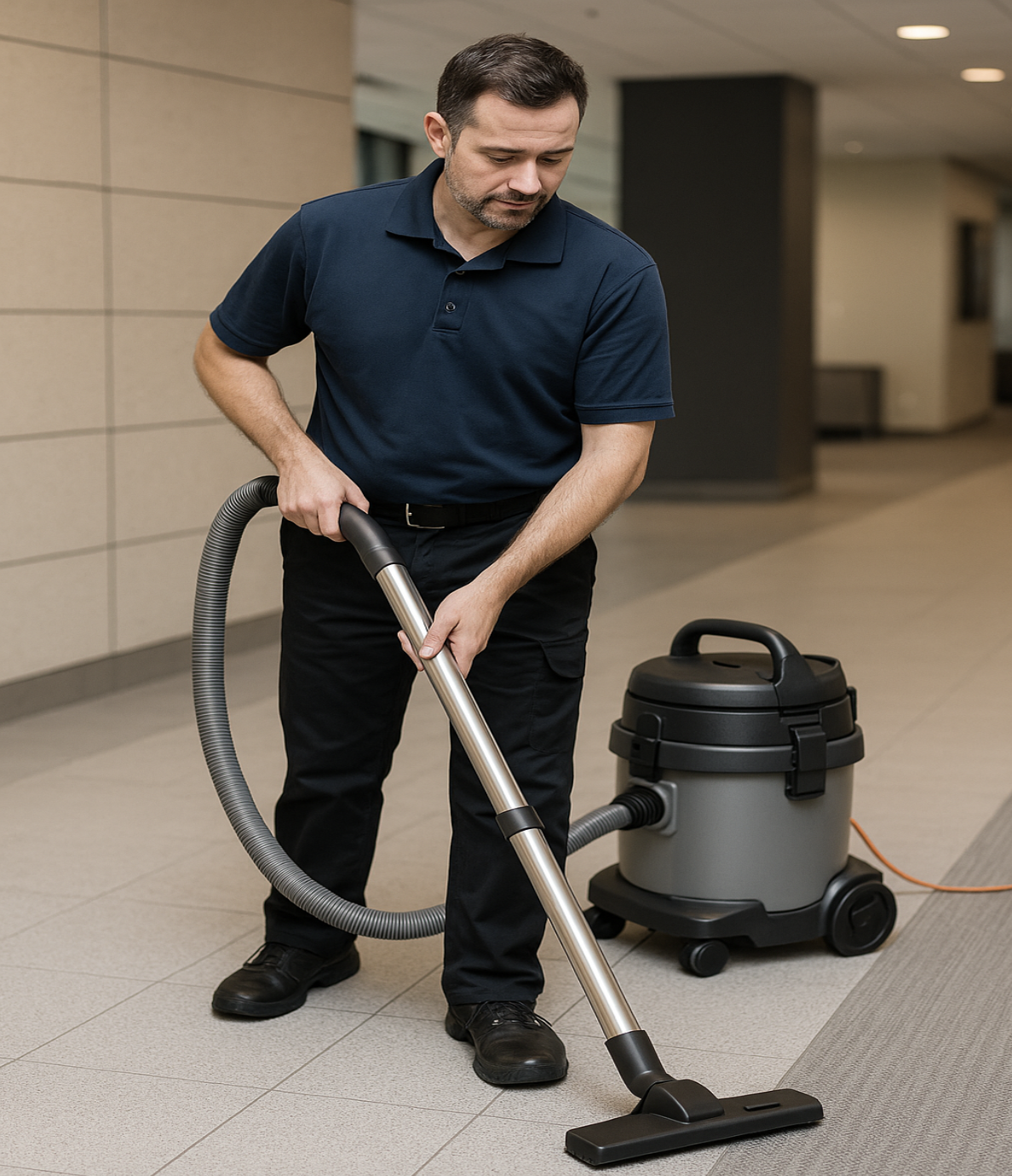


Since the onset of COVID-19, demand for contactless cleaning services has grown rapidly. Commercial cleaning robots have emerged as frontline solutions, deployed across hotels, airports, shopping malls, hospitals, and industrial parks. The market is attracting strong interest from both the media and investors, with a promising outlook for future growth.

Today’s cleaning robots typically offer integrated sweeping, vacuuming, and mopping functions. However, while these features look comprehensive on paper, many robots struggle to meet real-world expectations. User feedback frequently highlights shortcomings such as:
"insufficient cleaning performance,"
"inferior to manual cleaning,"
"more marketing hype than practical value."

Positive media coverage alone cannot mask these gaps in user experience. Despite a booming market, industry pain points continue to hold manufacturers back — limiting sales scalability and market penetration.

At the core of the challenge lies a common issue: robotic systems often exhibit “delayed perception” of the cleaning environment. Dust and hair embedded in carpets, for example, still require manual attention, even after the robot has operated. Businesses that purchased such robots have often encountered customer complaints when promised “smart cleaning” fell short of expectations.

When a cleaning robot requires human intervention to complete the job, it risks being seen merely as a branding tool, rather than a true productivity solution. As one industry insider commented:
"A robot that can’t deliver real cleaning results is ultimately more about marketing than actual value."
